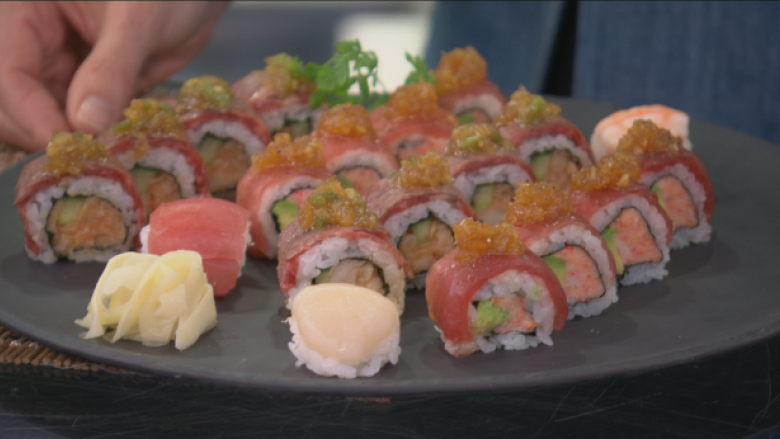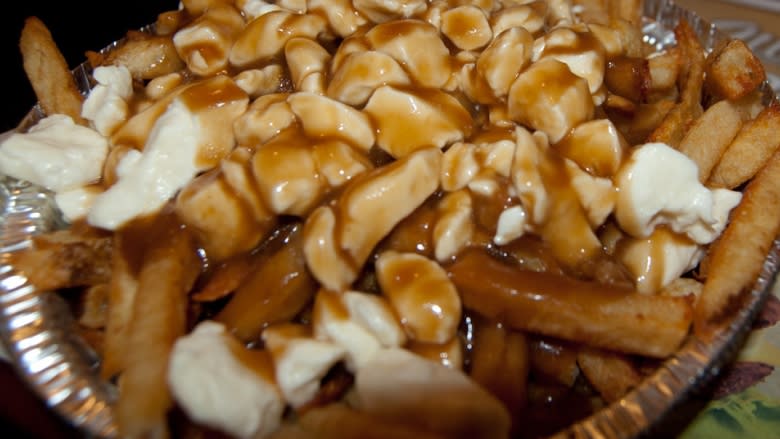Poutine, Nanaimo bars, and snow-cooked toffee: What is Canadian cuisine?
From sweetly satisfying California rolls to the world's longest Lobster roll, Canadian cuisine is about as wacky as it gets — and that's what makes it awesome, according to author Dr. Lenore Newman.
After becoming the research chair for food security at the University of Fraser Valley, Newman was given five years to develop her own research project. She let one question guide her work: what is Canadian cuisine?
"I had no idea if I was going to be able to answer the question," she told host Sheryl MacKay on CBC's North by Northwest. "Fortunately, it was out there to be found."
The connection to the land
Newman travelled all over the country in search of the many nuances that tie together Canada's diverse assortment of foods. One of the first things that she says stood out was the unique connection Canadian cuisine has to the land.
"I got to witness people cooking with snow to make toffee, and I thought, 'In what other country?"
Newman says Canadians have a deep-seated connection to the landscape that spans from coast to coast and has long influenced cuisine, from early Indigenous cultures to today.
"Canadian cuisine above all, it draws on wild food more than any other of the major cuisines in the world by far."
Newman says the wild influence is both mainstream and hyperlocal: while Pacific salmon and Atlantic cod have come to be national treasures, you can find many families passing on their own recipes for wild game.
A 'Creole cuisine'
Foods are also highly influenced by the mix of cultures that have come to shape Canada over many decades.
"The pacific is full of what we call 'Creole cuisines,' where two cultures live together long enough, they form a new cuisine."
Newman says Vancouver is a classic example of the Creole cuisine, specifically how sushi has taken on its own unique style in the city.
"We've created a very uneasy but a very interesting Creole. My students typify this, in that when they mention sushi, they don't see it as Japanese. They see it as Vancouver and Canadian."
"If you ask the Japanese formal sushi chefs, we've done terrible things to it."
A poutine for everyone
Newman says variation of cultures even influence our own national prides.
Poutine is a Canadian staple. The classic blend of French fries, cheese curds, and gravy may have been born in Quebec, but it's taken on different identities in parts of the country where residents have put their own cultural spin on it.
"Poutine became a point of pride, and then it spread across the country and we thought 'Hey, in Canadian fashion, we can dump stuff on top of this!"
"In Newfoundland, they put dressing on it. In the Maritimes they put lobster on it. In Ontario, it's Michigan-style where it has spaghetti sauce on it.
B.C. has even put it's own spin on the dish.
"Out here we do butter chicken poutine, because no one's figured out how to put salmon on a poutine and not have it be terrible — but they will one day."
She says poutine is a perfect symbol for the country it's come to represent.
"It's like this weird staple dish that you can dress up in regional colours. What's more Canadian than that?"
With files from CBC's North by Northwest
To listen to the full interview, click on the audio labelled: Nanaimo bars, poutine, and snow-cooked toffee: What is Canadian cuisine?



